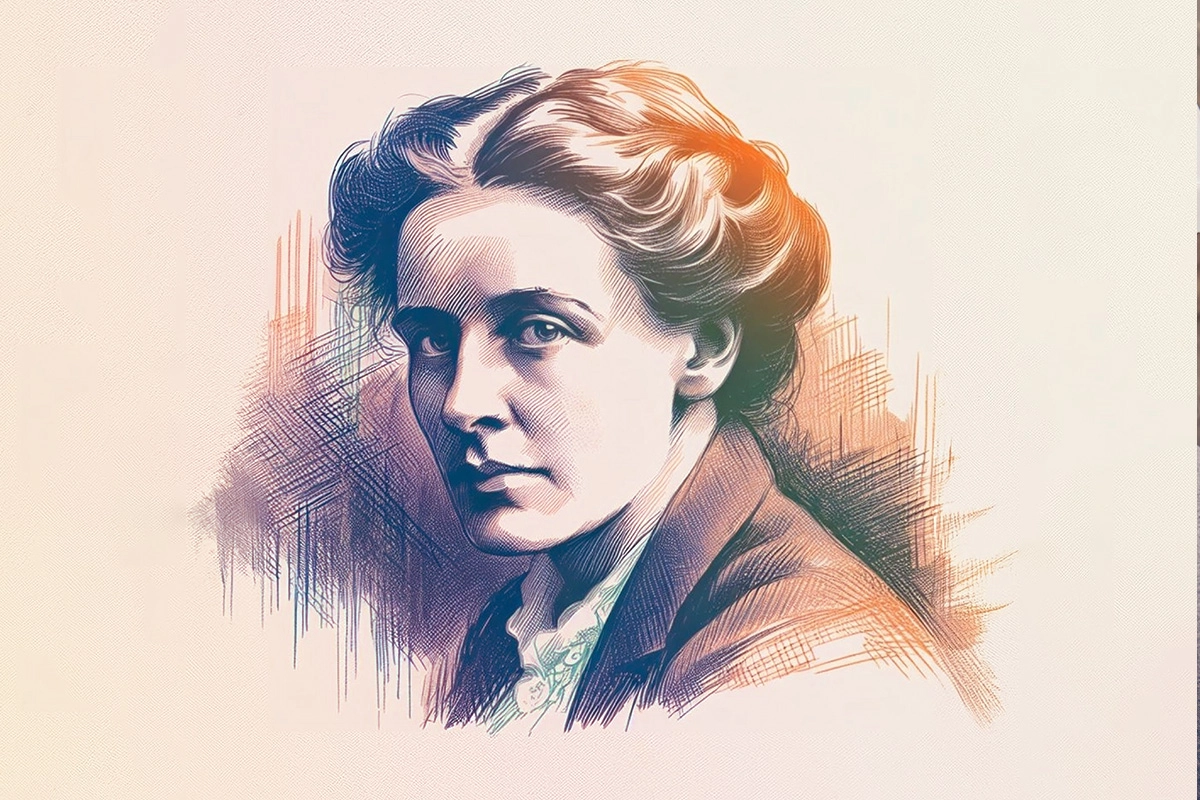
Who Was Marie Curie? Her Life and Scientific Work
What is in this article?
Despite all the challenges she faced, Polish-French physicist and chemist Marie Curie persevered in her pursuit of science, leaving behind groundbreaking work and accolades, including two Nobel prizes, that have shaped the course of modern science.
From a young age, Marie Curie demonstrated extraordinary brilliance, defying financial struggles and gender discrimination to pioneer the concept of Radioactivity and make enduring contributions to the world of science.
Let’s take a closer look at Marie Curie’s inspiring life story, filled with remarkable achievements.
The Life of Marie Curie: A Pioneer in the World of Science
Born in Warsaw, Poland, to a teacher father and a headmistress mother, Marie Sklodowska was able to pursue her education successfully to a certain extent, thanks to her family’s strong emphasis on learning despite their limited means. At the time, women in Poland were barred from education, and this was one of the earliest barriers that Marie Sklodowska had to overcome. Thanks to an institution known as the Flying University (Universytet Latajacy), which offered classes at constantly changing locations, she was able to lay the foundations of her scientific education.
Her passion for science was the greatest driving force that helped her overcome the obstacles she faced. In 1891, despite severe financial constraints, she made her way to Paris to attend the Sorbonne University. During her time at the Sorbonne, Marie Sklodowska obtained degrees in mathematics and physics, and married Pierre Curie, who would become her collaborator in many of her most important scientific contributions. Finding Henri Becquerel’s research fascinating, Marie Curie decided to focus her own scientific work on the same field. In collaboration with her husband Pierre Curie, she brought to light the groundbreaking phenomenon that would revolutionize science: radioactivity. The collaborative efforts of the Curie couple and Henri Becquerel were recognized with the Nobel Prize in Physics in 1903. Building on her earlier achievements, Marie Curie’s remarkable work in the years that followed earned her a second Nobel Prize in 1911.
With the outbreak of World War I in 1914, Marie Curie shifted the focus of her work to a different field. Through the development of portable X-ray machines known as “Little Curies”, she helped save the lives of hundreds of wounded soldiers by enabling accurate diagnosis and treatment. With the conclusion of the war, Marie Curie led initiatives to create an institute for Radium research and to organize funding campaigns.
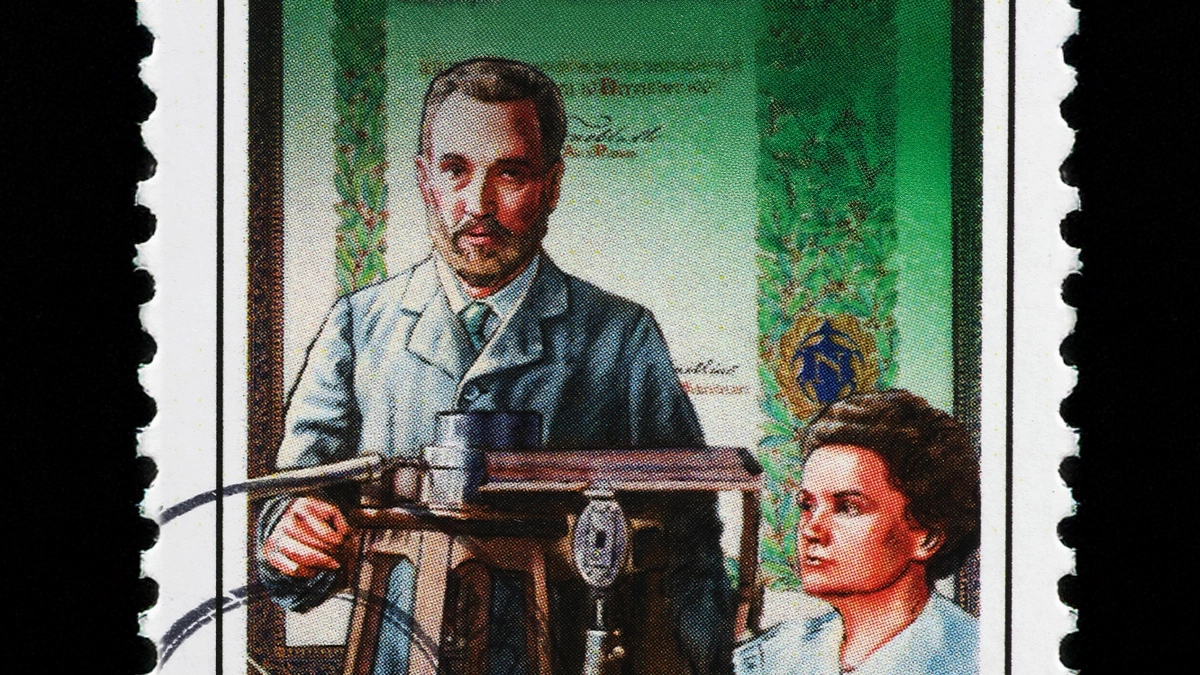
What Did Marie Curie Discover? Her Research on Radioactivity
Marie Curie’s lifelong dedication to science can be traced back to her earliest years. What truly defined the Marie Curie we recognize today was her engagement with the pioneering work of Henri Becquerel. Henri Becquerel’s discovery that uranium emitted faint rays, different from the X-rays identified by Wilhelm Conrad Roentgen, was particularly fascinating to Marie Curie. Marie Curie, building on Becquerel’s pioneering research, revealed that uranium emitted a constant stream of radiation, unaffected by its form or state. The phenomenon she discovered was later named “radioactivity” by Marie Curie.
Marie Curie’s Research and Scientific Discoveries
Following her groundbreaking discovery of radioactivity, Marie Curie continued her research alongside her husband, Pierre Curie. Through their work on pitchblende, known scientifically as uraninite, the Curies made the important discovery of a previously unidentified radioactive element. In 1898, they named the element they discovered polonium, in honor of Marie Curie’s homeland, Poland. Realizing that pitchblende contained another potent radioactive element in minute amounts, they embarked on an arduous journey that culminated in the isolation of a decigram of pure radium in 1902.
In the midst of World War I, Marie Curie and her daughter Irene played a vital role in saving the lives of wounded soldiers by deploying mobile radiology units on the battlefield. After the war, under the auspices of the Radium Institute, Marie Curie spearheaded research into radioactive substances and explored their potential in advancing medical treatments. By visiting numerous countries, with the United States foremost among them, and sharing her knowledge through lectures, Marie Curie secured her place among the world’s most iconic scientists.
The Awards and Honors Received by Marie Curie
With her extraordinary discoveries and lasting impact, Marie Curie became a legendary figure in the chronicles of scientific achievement. Throughout her life, her achievements were recognized with numerous medals and awards. Celebrated for her many firsts, Marie Curie continued to set new standards of excellence through the recognition she received. Marie Curie’s remarkable achievements were recognized with numerous prestigious medals, including the Davy Medal, the Matteucci Medal, and the Elliott Cresson Medal, along with her historic Nobel Prizes. 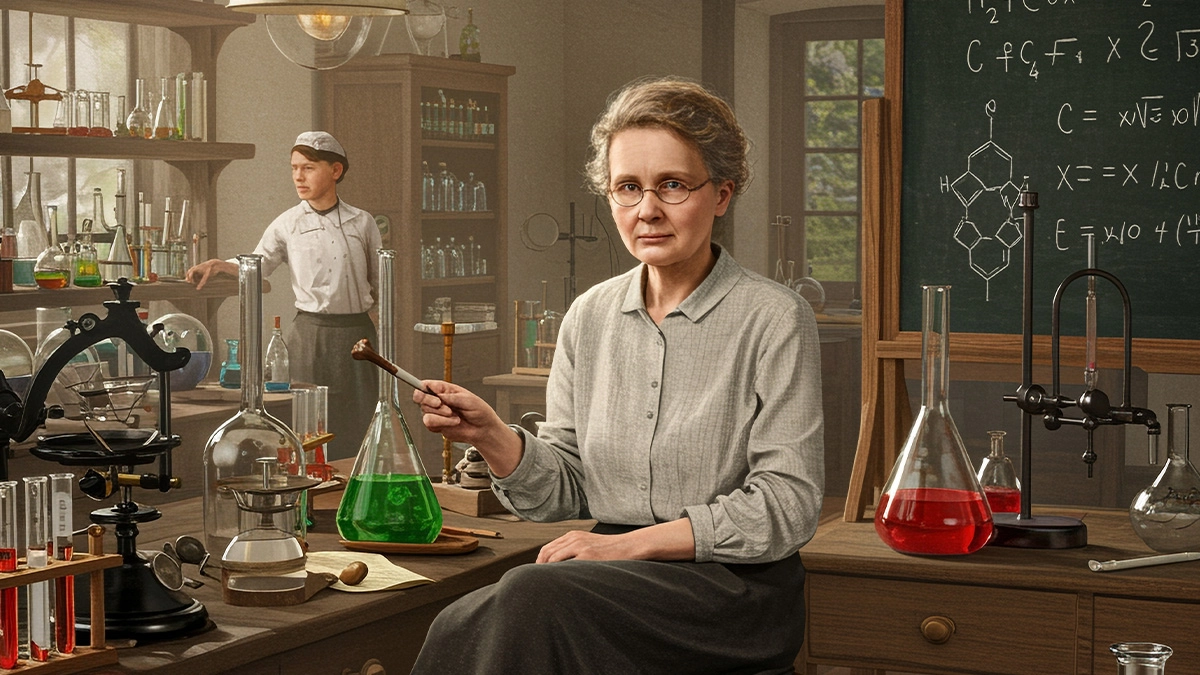
Acknowledging her remarkable achievements, the Royal Swedish Academy of Sciences awarded Marie Curie the Nobel Prize in Physics in December 1903. Sharing the prize with Professor Henri Becquerel and her husband Pierre Curie, Marie Curie made history as the first woman to be awarded a Nobel Prize. The joint discovery in radiation marked Marie Curie’s first great success, opening the door to many more historic achievements.
After the tragic death of her husband Pierre Curie, Marie Curie faced yet another profound challenge in her life. Though broken by loss, Marie Curie found strength and purpose in her unwavering commitment to science. Acknowledging her remarkable accomplishment in isolating pure radium, the Royal Swedish Academy of Sciences honored Marie Curie with the Nobel Prize in Chemistry. Thanks to this achievement, Marie Curie made history as the first woman to win a Nobel Prize and the first individual to be honored with two Nobel Prizes. Even today, Marie Curie stands as one of just two individuals to have received Nobel Prizes in two distinct disciplines.
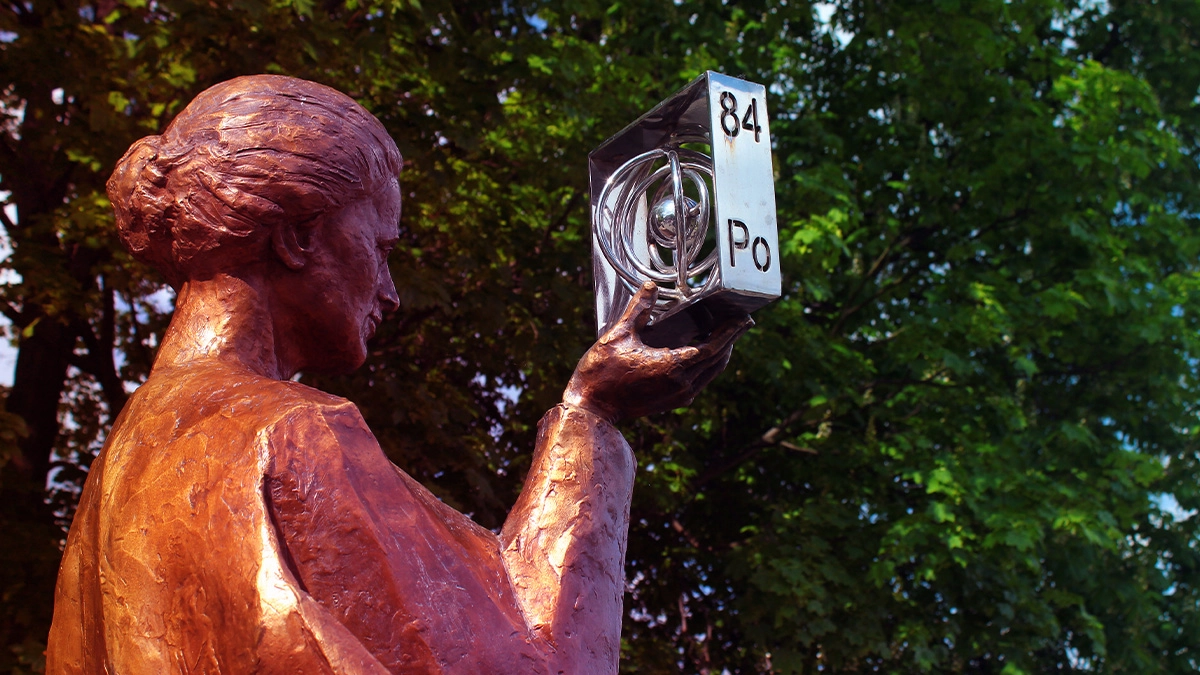 For the Curie family, winning Nobel Prizes became something of a family tradition. Inspired by her mother’s pioneering spirit, Irene Joliot-Curie continued the family legacy and, alongside her husband Frederick Joliot-Curie, earned the Nobel Prize in Chemistry in 1935 for their discovery of “artificial radioactivity”. Notably, Irene and Frederick Joliot-Curie were the second married couple to be awarded a Nobel Prize, after Marie and Pierre Curie. Thus, the total number of Nobel Prizes awarded to the Curie family rose to five.
For the Curie family, winning Nobel Prizes became something of a family tradition. Inspired by her mother’s pioneering spirit, Irene Joliot-Curie continued the family legacy and, alongside her husband Frederick Joliot-Curie, earned the Nobel Prize in Chemistry in 1935 for their discovery of “artificial radioactivity”. Notably, Irene and Frederick Joliot-Curie were the second married couple to be awarded a Nobel Prize, after Marie and Pierre Curie. Thus, the total number of Nobel Prizes awarded to the Curie family rose to five.
Marie Curie’s Contributions to the Development of Nuclear Energy
Marie Curie’s influential research helped shape the progress of science and technology as we know it today. Working alongside Pierre Curie and Henri Becquerel, Marie Curie’s discoveries of radium and polonium sparked a wave of groundbreaking scientific progress. Marie Curie’s scientific work laid the foundation for major developments such as the understanding of atomic structure, the effective use of radiation in cancer treatment, and the application of nuclear energy. By leading the way for those who followed, Marie Curie made it possible for modern science to readily answer the question of what nuclear energy is.
What Was the Cause of Marie Curie’s Death? A Life Dedicated to Science
Marie Curie's revolutionary contributions to science secured her legacy, yet behind her success, her health was quietly deteriorating. Marie and Pierre Curie had started to sense the dangers radiation posed to their health, but back then, although scientists had begun to understand what radiation was, its harmful effects on human health were still largely unknown. Marie Curie, whose life was devoted to the pursuit of knowledge about radioactivity and X-rays, passed away from aplastic anemia in 1934 at the age of 66. Despite the passage of time, the mystery surrounding Marie Curie’s death remains an area of fascination and exploration for the scientific community. Years after her death, it was believed that Marie Curie had not been subjected to lethal doses of radium while she was alive. The primary cause of her illness is believed to have been her extensive exposure to X-rays while taking radiographs of wounded soldiers during World War I.
Fueled by her passion for science, Marie Curie overcame countless challenges, ultimately leaving a legacy of remarkable achievements and discoveries that have impacted millions. We invite you to explore more inspiring stories and scientific journeys of Marie Curie and other pioneers who changed the course of history.

 Online Services
Online Services Application Inquiry
Application Inquiry Pay Assurance Fee
Pay Assurance Fee Query Installation Number
Query Installation Number Compensation Fee Inquiry
Compensation Fee Inquiry Automatic Payment Order Inquiry
Automatic Payment Order Inquiry Partnership
Partnership
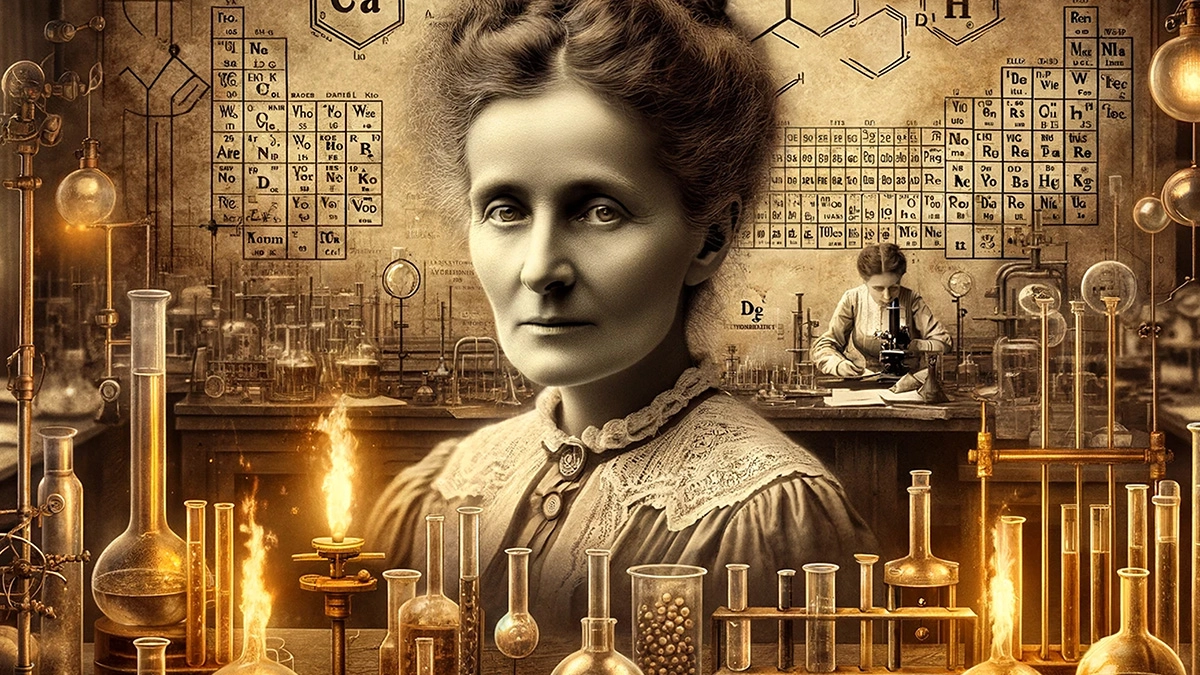
.webp)


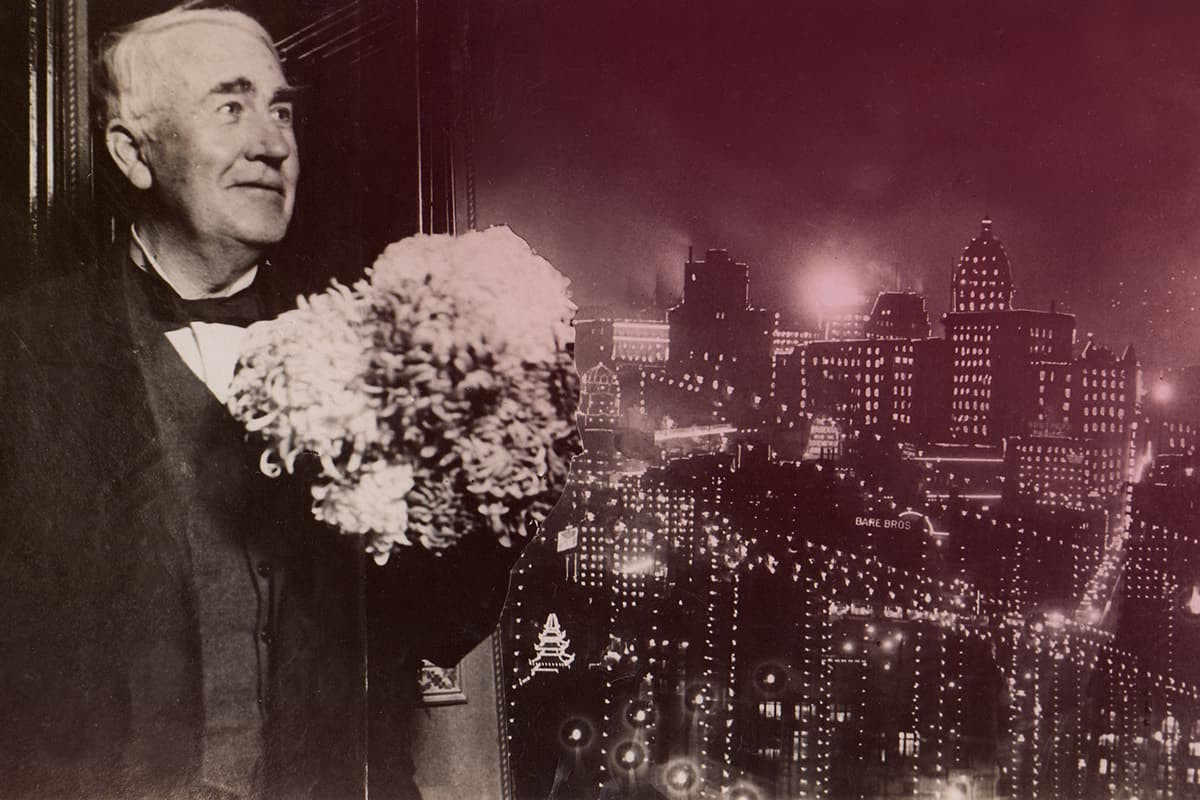
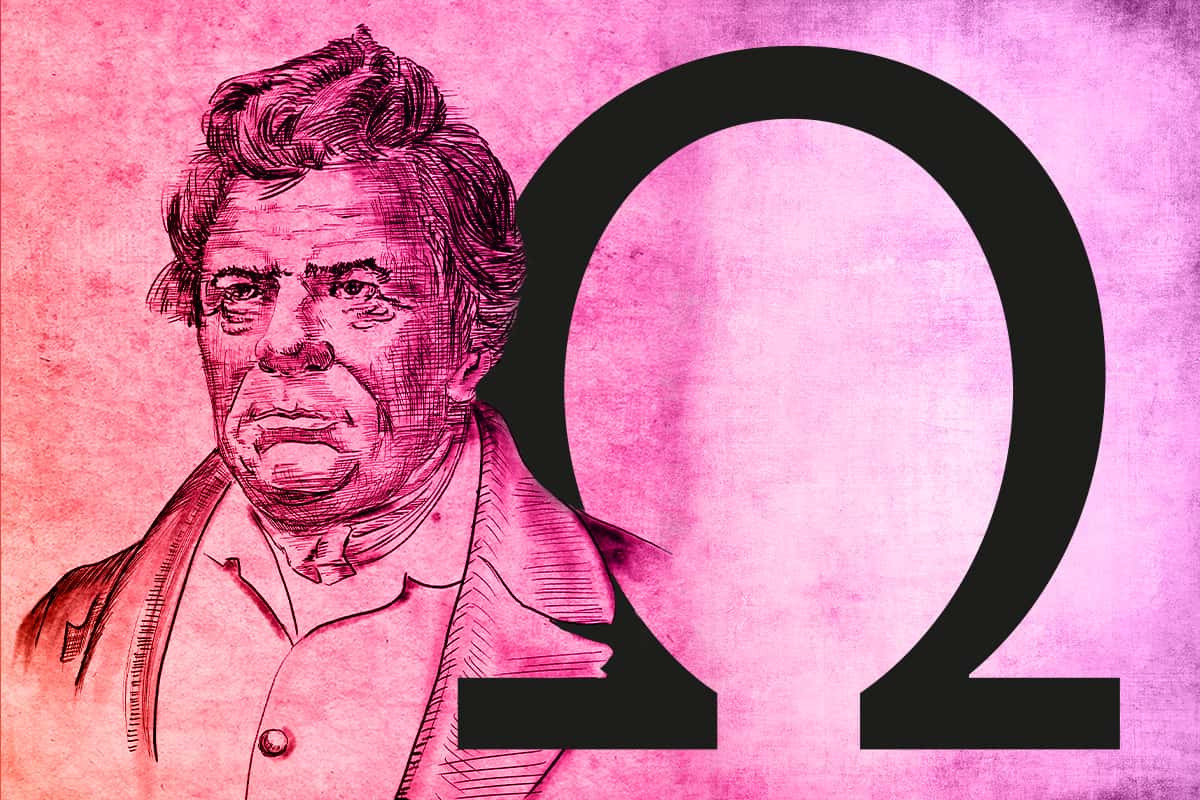


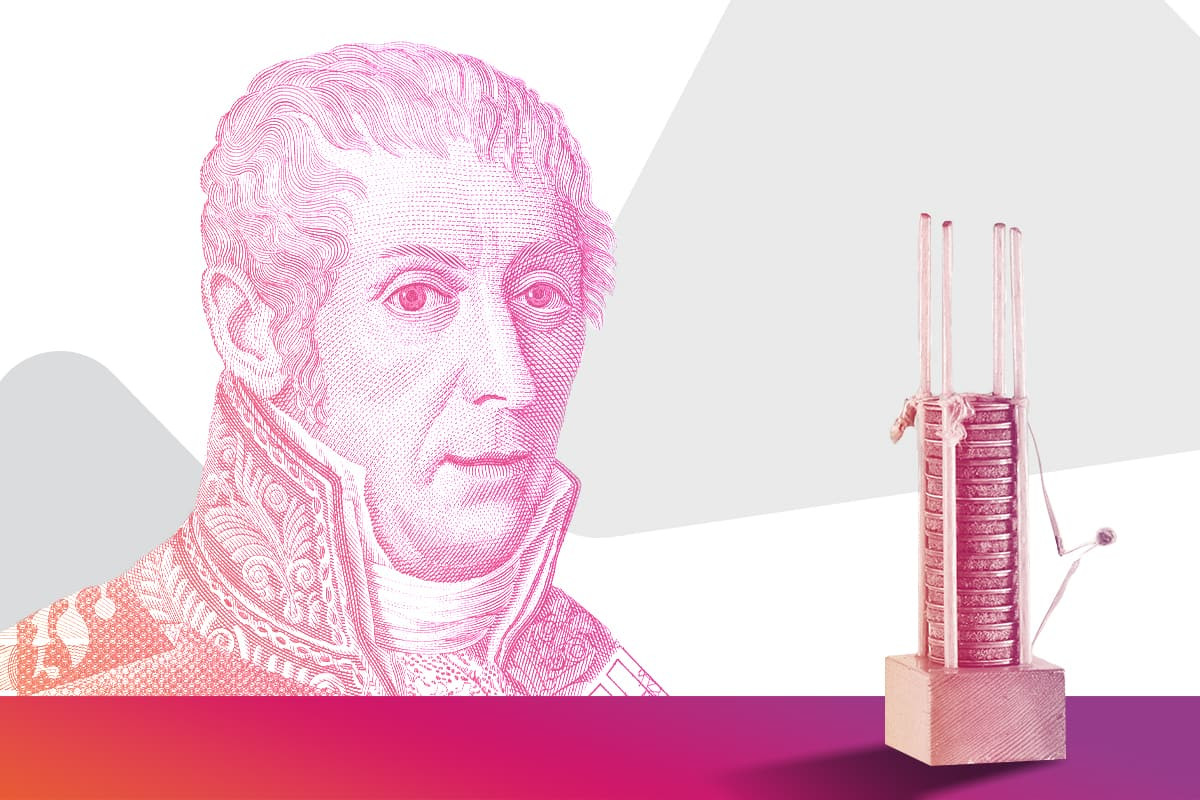
Leave a Comment